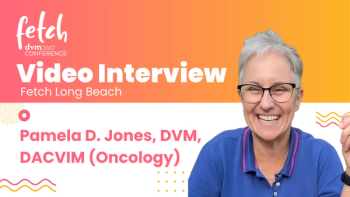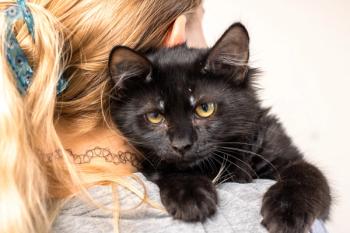
How Bees Choose Which Pollen to Collect
Researchers suggest that bees use multiple sensory cues, previous experience, and possibly feedback from other bees in their search for pollen.
How do bees decide where to look for pollen? What makes them choose one type of flower over another? In a review recently published in
Flowers have evolved more than one type of signal to attract pollinators, say the authors. Plants use fragrances, bright colors, nectar, and pollen (a food source) to attract bees and encourage them to return. Individual bees seem to prefer certain types of pollen, but it is not clear which properties of pollen bees respond to. “We need more research that considers the behavior and neurobiology of bees to understand when and why they prefer some plants and some pollen over others,” said coauthor Dr Natalie Hempel de Ibarra, of the University of Exeter, United Kingdom, in a
A major question, say the authors, is whether bees assess the nutritional value of pollen when deciding where to forage. Bees evaluate the
Pollen is bees’ main
Bees respond to fragrances, say the authors, and the odor of pollen is different from that of the whole flower. Bees also use visual cues to select pollen, as demonstrated by experiments in which bees learned to associate a pollen reward with a particular color. The authors note that during pollen collection, bees receive mechanosensory feedback (for example, signals indicating how much pollen a flower is releasing) and physical cues like the size of pollen grains. New
“From a bees' perspective pollen represents a multimodal stimulus, at once providing foragers with gustatory, olfactory, visual and mechanosensory cues, all of which could be used to guide their foraging choices,” write the authors. Because pollen is a complex substance and controlling for single sensory cues is difficult, determining which cues are most important to bees is not easy, they say. The problem is compounded by the difficulty of replicating fresh pollen in a controlled experiment. Commercially available pollen does not necessarily have the same properties as the pollen that bees from a particular location would encounter in nature.
Bees’ foraging choices are influenced by factors beyond the characteristics of pollen itself, say the authors. Studies have indicated that bees’ pollen preferences are modified by experience or
“Our review is unique in considering pollen foraging from an individual bee’s perspective, asking which senses bees use to decide which flowers are worth visiting,”
Dr. Laurie Anne Walden received her doctorate in veterinary medicine from North Carolina State University. After an internship in small animal medicine and surgery at Auburn University, she returned to North Carolina, where she has been in small animal primary care practice for over 20 years. Dr. Walden is also a board-certified editor in the life sciences and owner of Walden Medical Writing, LLC. She works as a full-time freelance medical writer and editor and continues to see patients a few days each month.
Newsletter
From exam room tips to practice management insights, get trusted veterinary news delivered straight to your inbox—subscribe to dvm360.






